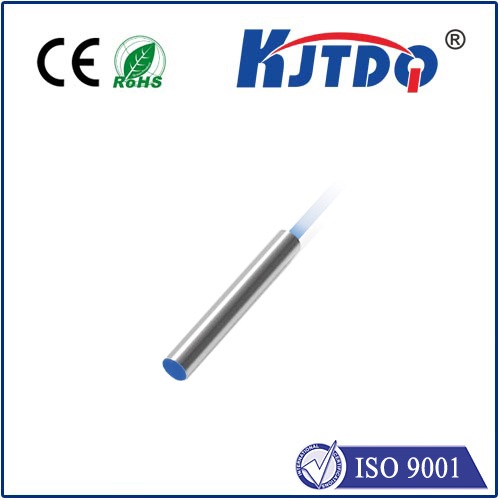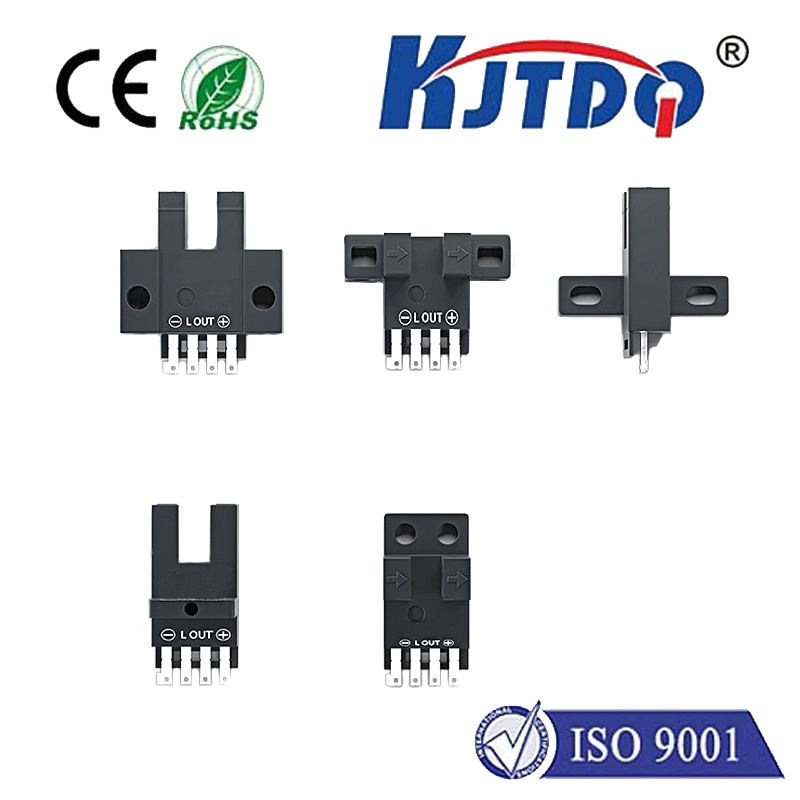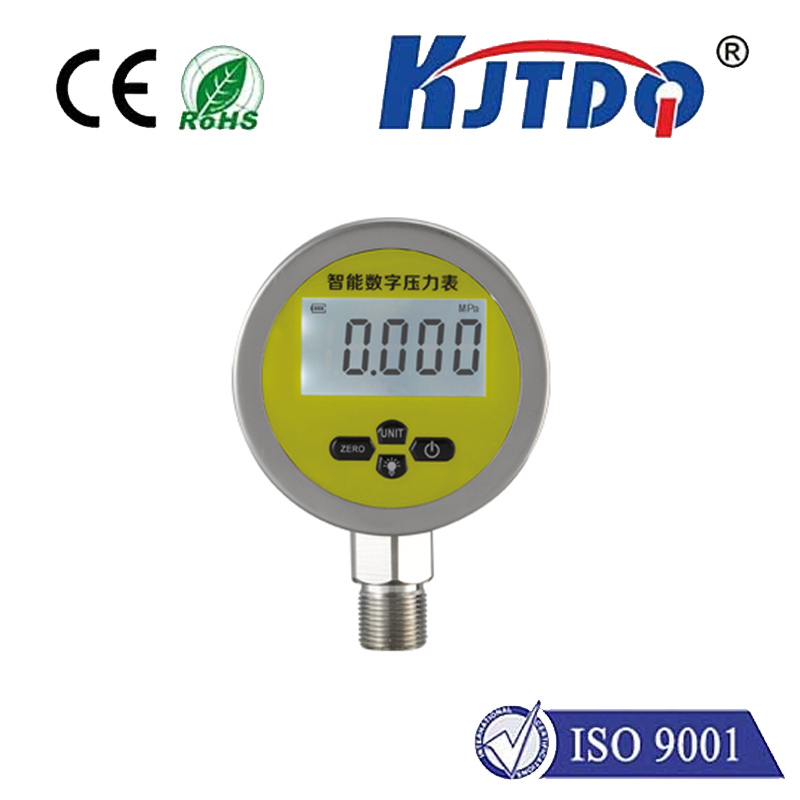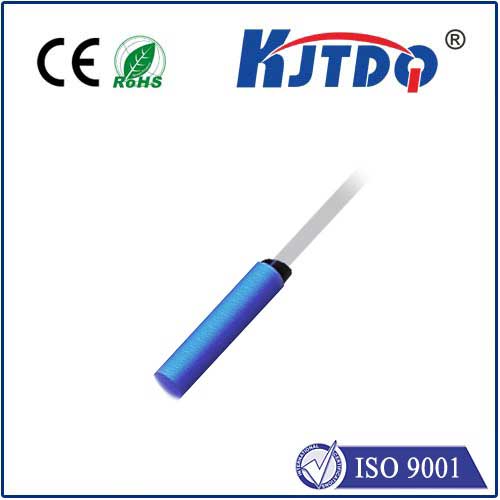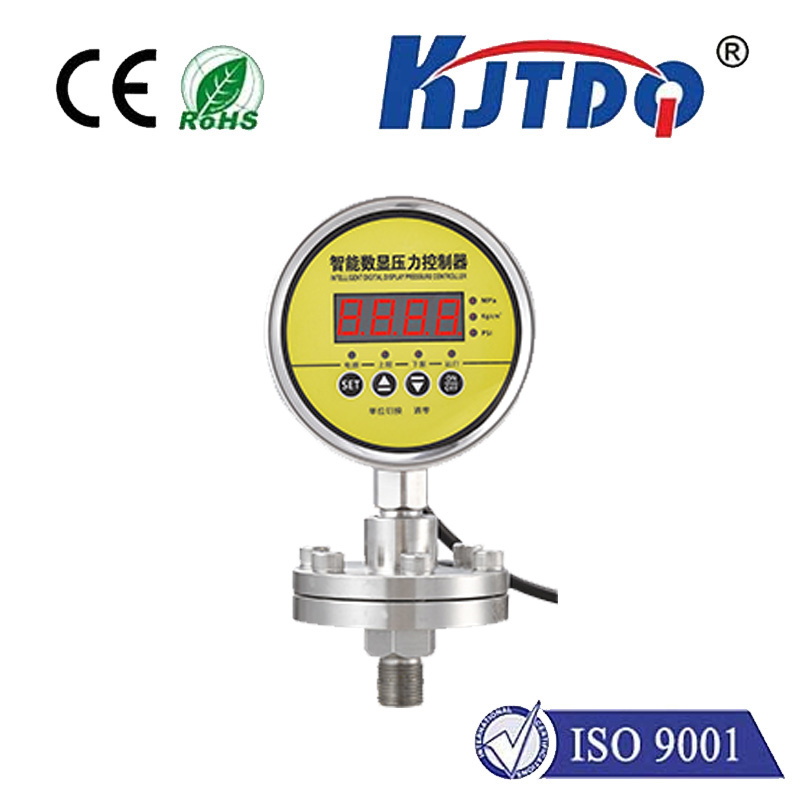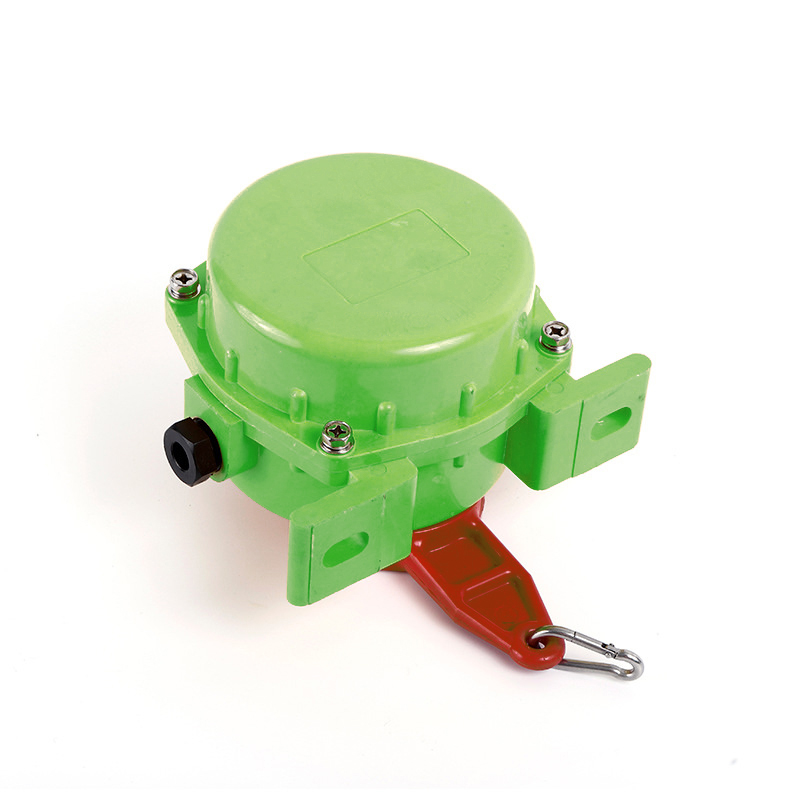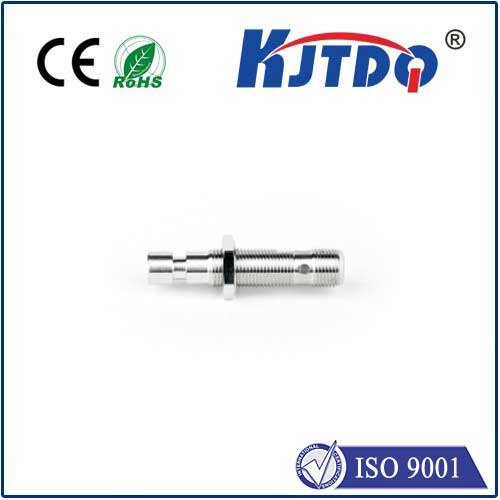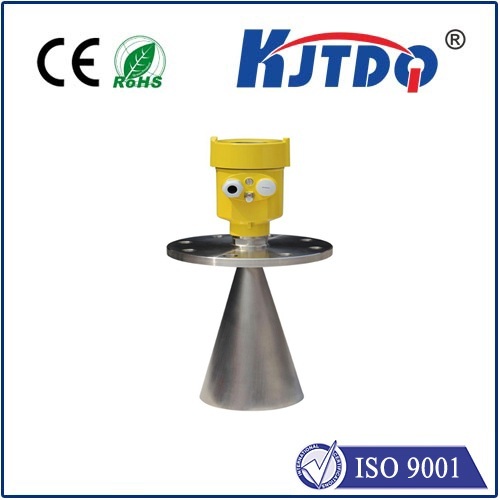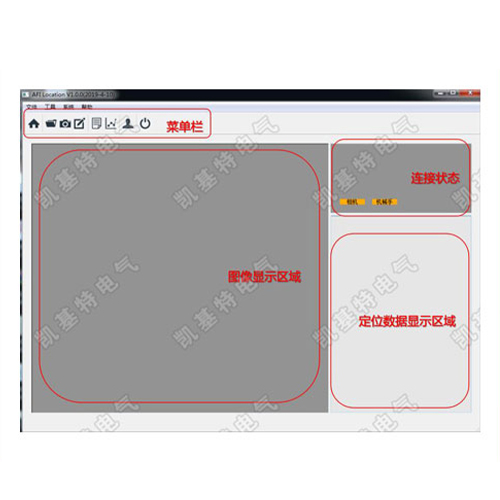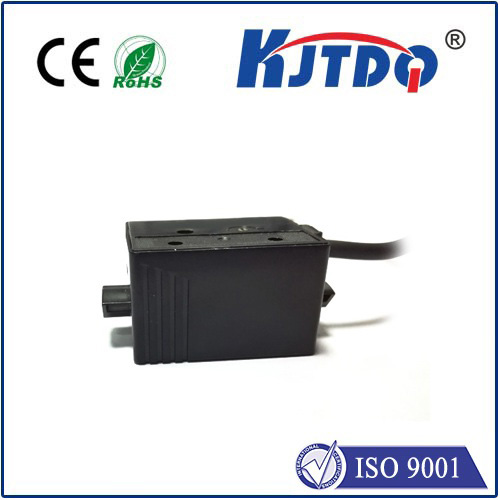

check

check

check

check

check

check

check

check

check

check
Retro reflective technology is a fascinating field that has revolutionized the way we perceive and interact with our environment. At its core, it involves the use of sensors to detect and measure various physical phenomena in the world around us. In this article, we will explore the principles behind retro reflective technology and how it can be applied in a wide range of applications.
One of the key components of retro reflective technology is the sensor itself. Sensors are devices that respond to stimuli from their surroundings and convert them into measurable signals. These signals can then be analyzed and interpreted by computers or other electronic systems. There are many different types of sensors, each designed to detect specific types of stimuli such as light, sound, temperature, pressure, or motion.

Retro reflective sensors work by bouncing back light rays towards their source. This means that they can detect objects or obstacles even in low-light conditions or at extreme angles. The technology is commonly used in safety applications such as road signs, clothing, and bicycle helmets, where it helps to make people more visible to drivers and pedestrians.
In addition to safety applications, retro reflective sensors also have numerous industrial uses. For example, they can be used in manufacturing processes to detect defects or irregularities in products during production. They can also be used in transportation systems, such as trains or airplanes, to monitor speed and distance traveled.
Another area where retro reflective sensors are being increasingly used is in autonomous vehicles. These self-driving cars rely heavily on sensors to navigate their environment and avoid collisions with other vehicles or pedestrians. Retro reflective sensors are particularly useful in this context because they can provide accurate information about an object's location and movement even in challenging lighting conditions.
Despite their many benefits, retro reflective sensors do have some limitations. For instance, they may not be able to detect certain types of objects or materials that do not reflect light well. Additionally, they may be affected by environmental factors such as fog or snow, which can reduce their effectiveness. However, ongoing research and development efforts are aimed at addressing these challenges and improving the performance of retro reflective technology.
In conclusion, retro reflective sensors represent an exciting frontier in the world of sensing technology. Their ability to detect objects and phenomena in low-light conditions and at extreme angles makes them ideal for a wide range of applications, from safety and transportation to manufacturing and autonomous vehicles. As researchers continue to improve upon this technology, we can expect to see even more innovative uses for retro reflective sensors in the future.
